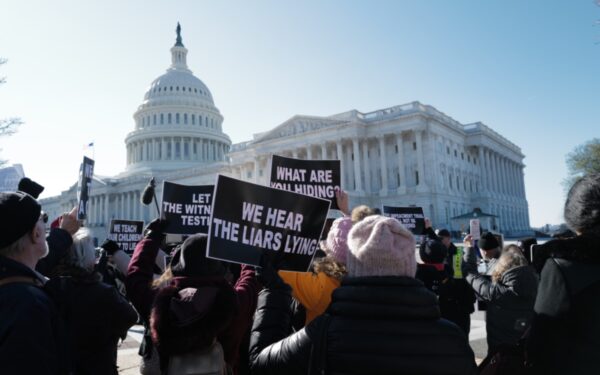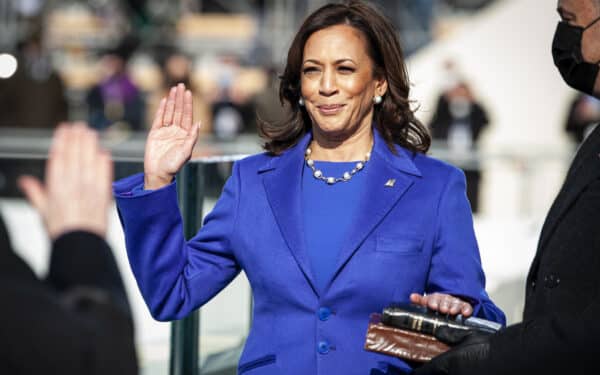It all started with a video which showed a white police officer pinning and kneeling on the neck of George Floyd, an 46-year-old African American man whom the policeman had just arrested allegedly for trying to use a counterfeit $20 bill. Floyd can be heard begging the police officer to stop, saying: “I can’t breathe”. Bystanders can also be heard pleading with the policeman to stop. The officer did not and knelt on Floyd’ neck for some seven minutes. By the end of the video, George Floyd was silent and motionless. Pronounced dead shortly afterwards, Floyd became yet another African-American man to die on camera at the hands of the police in the US.
The Minneapolis authorities were quick to respond. Four policemen have been fired over the incident. Mayor Jacob Frey declared: “Being black in America should not be a death sentence” and has since stated that the officer in question, Derek Chauvin, should be arrested and charged. Calls by Floyd’s family that the officer be charged with murder have also been echoed by many.
President Trump has declared on Twitter that Floyd’s death was “very sad and tragic”. He added the FBI and Department of Justice have been asked to investigate the matter, and to expedite it, declaring: “Justice will be served.” The FBI has indeed opened a civil rights probe into the matter, and the Department of Justice has declared an investigation into the death a “top priority”.
The strong response by Trump is likely at least in part driven by the tough re-election he will face as coronavirus takes it toll. Given the extremely narrow margin of his previous victory even winning over a few African-Americans, who overwhelmingly vote Democrat, could be a big boon to him. Trump has made previously made sporadic attempts to do so recently, capitalising on Joe Biden’s gaffe where he declared that if you voted Trump “you ain’t black”.
Enraged by the Floyd incident, citizens took to the streets. While the protests were initially peaceful, some protesters threw rocks and engaged in petty vandalism. The police responded with tear gas, flash grenades, and rubber bullets and the protests subsequently descended into rioting with looting, widespread vandalism, some buildings set on fire, and rocks and tear gas canisters thrown at the police.
The riots continued today and the state’s national guard has intervened to try and help keep the peace. Floyd’s family, and others, have appealed for calm and for people to keep social distancing so that the protests do not spread coronavirus but have also made clear that his death has left them angry and in pain. Protests have also taken place in California with hundreds marching in Los Angeles, with some protesters going on to block a freeway and damage some highway patrol cars.
The atmosphere surrounding this case is extremely sensitive as allegations of police brutality, predominantly against African-Americans, have gained traction since 2012 when the death of Trayvon Martin at the hands of George Zimmerman sparked the Black Lives Matter movement. Since then a number of other incidents where African-Americans have died at the hands of the police have sparked major protests including in Minnesota. Indeed, the rapid firing of the police officers is partly the legacy of a 2016 “duty to intervene” policy put in place following the shooting of Jamar Clark. Many have also remarked how Floyd’s plea, “I can’t breathe,” echoed the last words of Eric Garner who died in New York after police placed him in a chokehold. Commentators have also remarked on the contrast between the violent tactics adopted by the police in response to the protests, and the lack of force deployed by police at the predominantly white anti-lockdown protests that have taken place in state capitols across the nation, including in Minnesota, despite some of these protesters carrying heavy duty weaponry.




